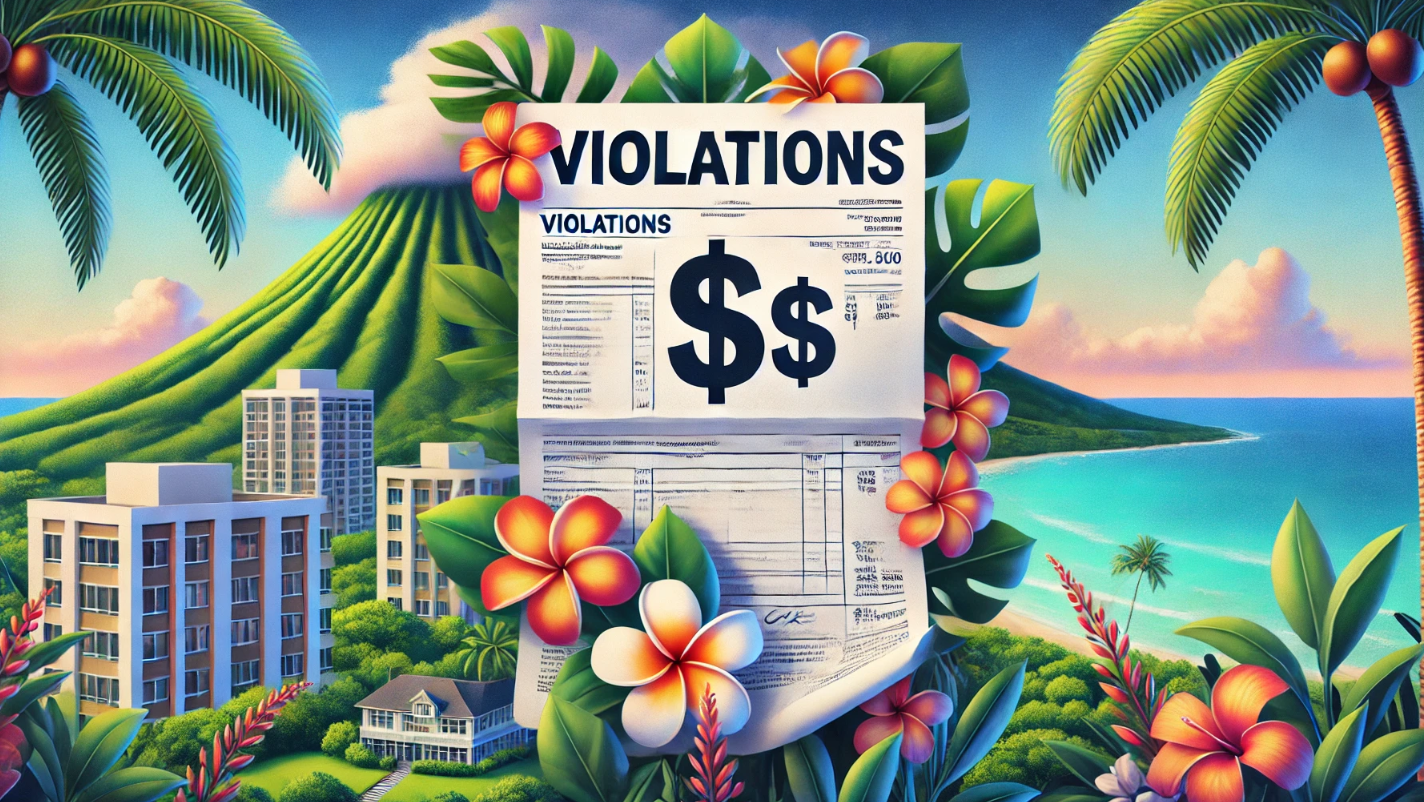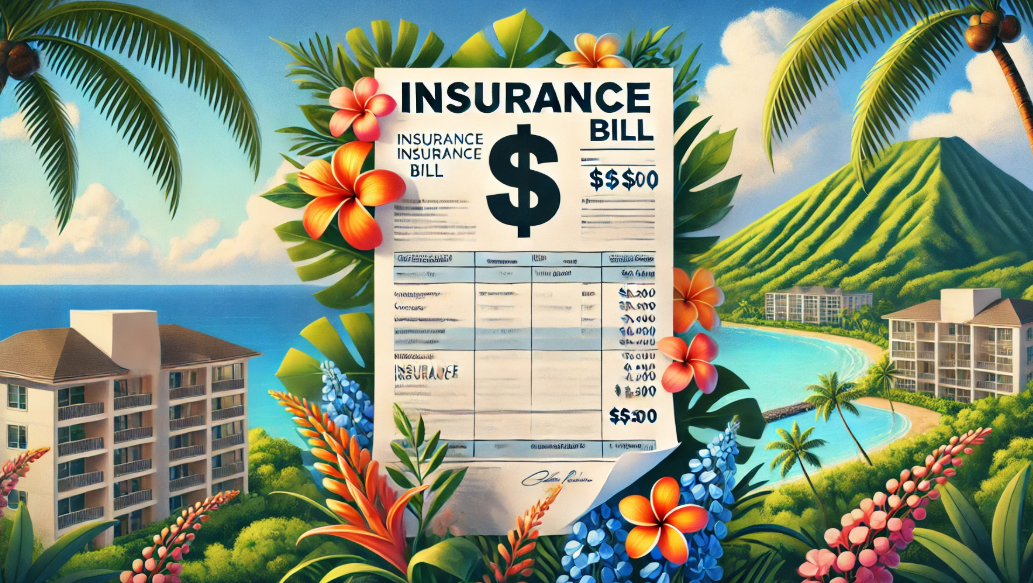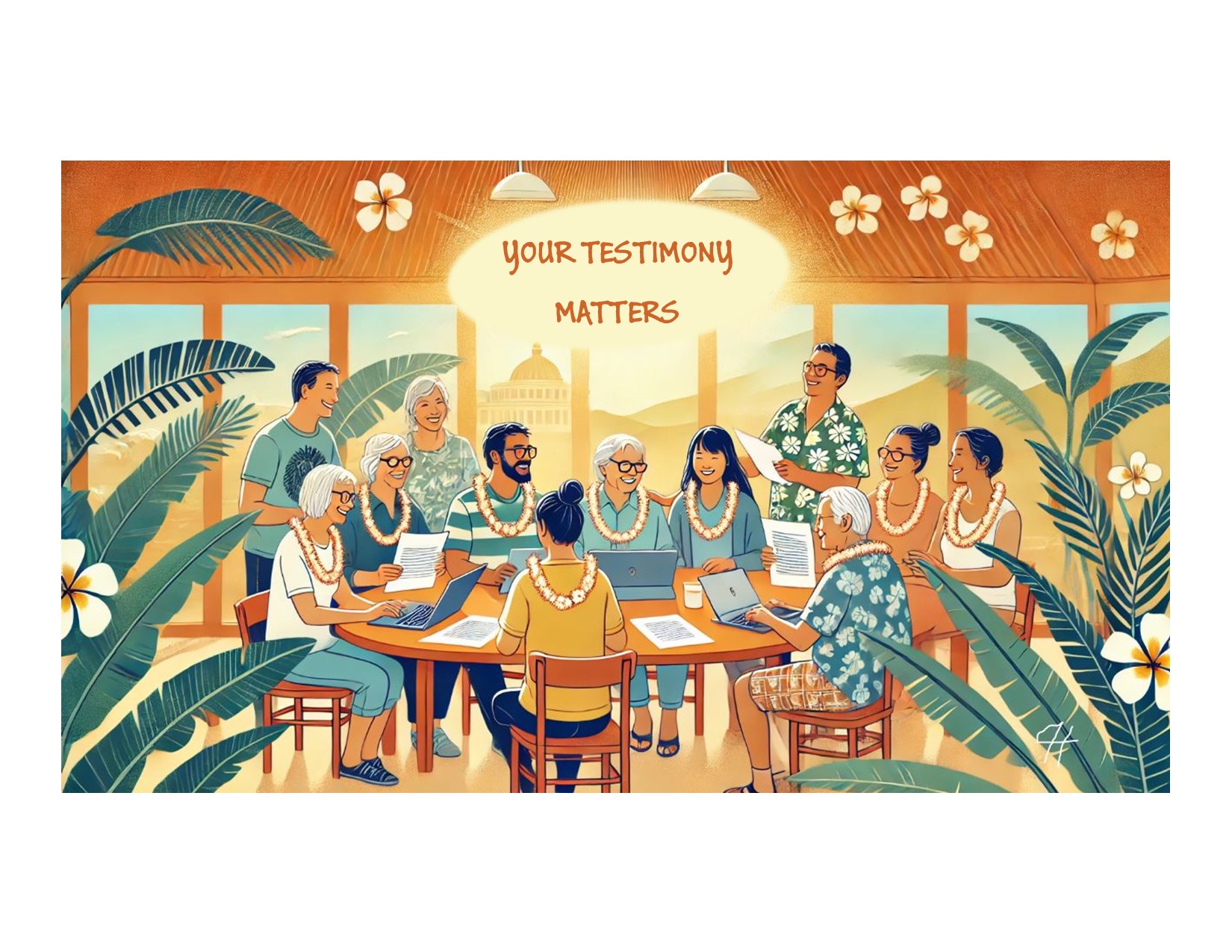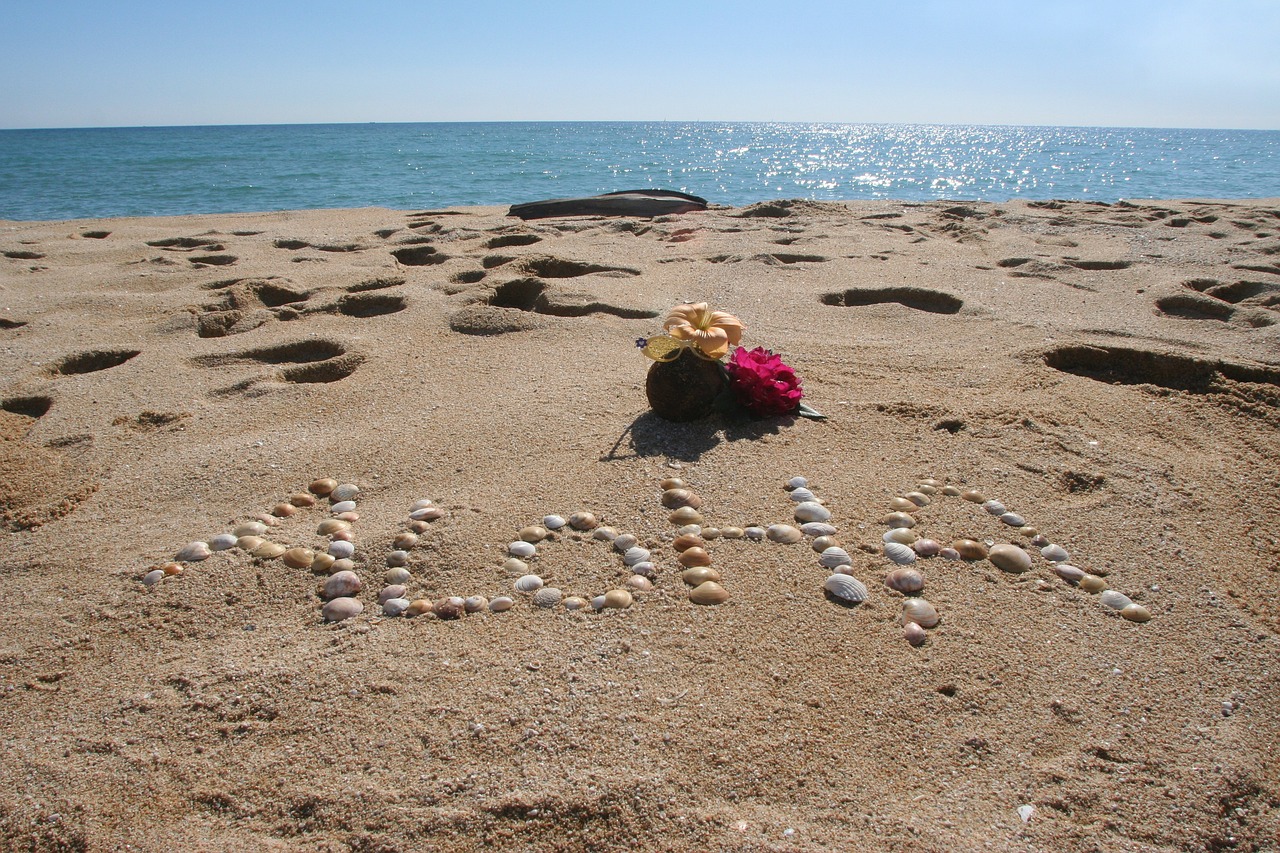Balancing Renewable Energy and Land Use
Hawaii’s pursuit of renewable energy is accelerating the development of large-scale solar farms, but this expansion is colliding with concerns over land use. In an island state with limited acreage, using fertile agricultural land for ground-mounted solar arrays has sparked controversy. Tensions have arisen between the state’s clean energy goals and its ambitions for local agriculture and environmental preservation. This report examines the debate around solar farms on Hawaii’s farmlands – highlighting community and environmental concerns – and explores alternative solar development strategies that minimize impacts on open land. It also summarizes key policies governing solar projects and agricultural lands in Hawaii.
Take Action
Help Protect Hawai‘i’s Farmlands While Advancing Clean Energy
Hawai‘i stands at a pivotal crossroads—one that asks us not to choose between food and power, but to fight for both. As the push for renewable energy continues, we must ensure it does not come at the cost of our most precious resource: fertile agricultural land.
You can make a difference. Here’s how:
✅ Sign up for alerts on solar and agriculture-related bills through the Hawai‘i State Capitol website (https://www.capitol.hawaii.gov/). Track hearings, submit testimony, and let your voice be heard.
✍️ Write to your legislators—especially those on the energy, agriculture, and land use committees. Urge them to support policies that prioritize solar development on already-built environments: rooftops, parking lots, and highways—not our food-growing soil.
📢 Testify early and often. Even a short written statement makes a difference. Demand stronger safeguards for “A” rated ag lands, and encourage investment in agrivoltaics, solar-ready buildings, and other dual-use or land-efficient alternatives.
🌱 Hawai‘i doesn’t need to pave over another inch of farmland to meet its clean energy goals. Let’s be a model for the world by using our existing infrastructure smarter—not sacrificing our food security or cultural landscapes in the process.
Speak up now. Our energy future should grow alongside our agriculture, not on top of it.
Hawaii’s Solar Ambitions and Agricultural Land Conflict
Hawaii has adopted aggressive clean energy targets – including a mandate for 100% renewable electricity by 2045 – which has driven a surge in utility-scale solar projects [1]. At the same time, leaders have called for boosting local food production to reduce reliance on imports (Hawaii currently imports roughly 90% of its food [2]). Both goals require land, and often the same kind of land – broad, flat, sun-exposed acreage. This has set up a conflict: should prime land be used to grow crops or to harvest solar energy? As one Civil Beat analysis put it, “energy companies and farmers need the same thing — lots of flat land” [1].
Community members, farmers, and environmental advocates worry that paving over fertile fields with solar infrastructure could undermine Hawaii’s food security and degrade its ecosystems. “We need to revitalize agriculture… we can’t do that by decimating our best lands,” warned one advocate, opposing a plan to open up prime farmland for solar development [3]. Hawaii’s top-quality “A” rated agricultural soils make up only about 3% of the state’s land [4], so converting these limited fertile areas to other uses is especially contentious. The state’s own Department of Agriculture and Farm Bureau have consistently opposed using the very best farmland for industrial-scale solar [5]. Environmental groups echo this stance – Life of the Land director Henry Curtis argued that putting a solar farm “right in the middle of prime ag land does nothing for farming” [5]. In short, every acre of prime farmland lost to solar arrays is seen as an acre lost for crop production or native habitat.
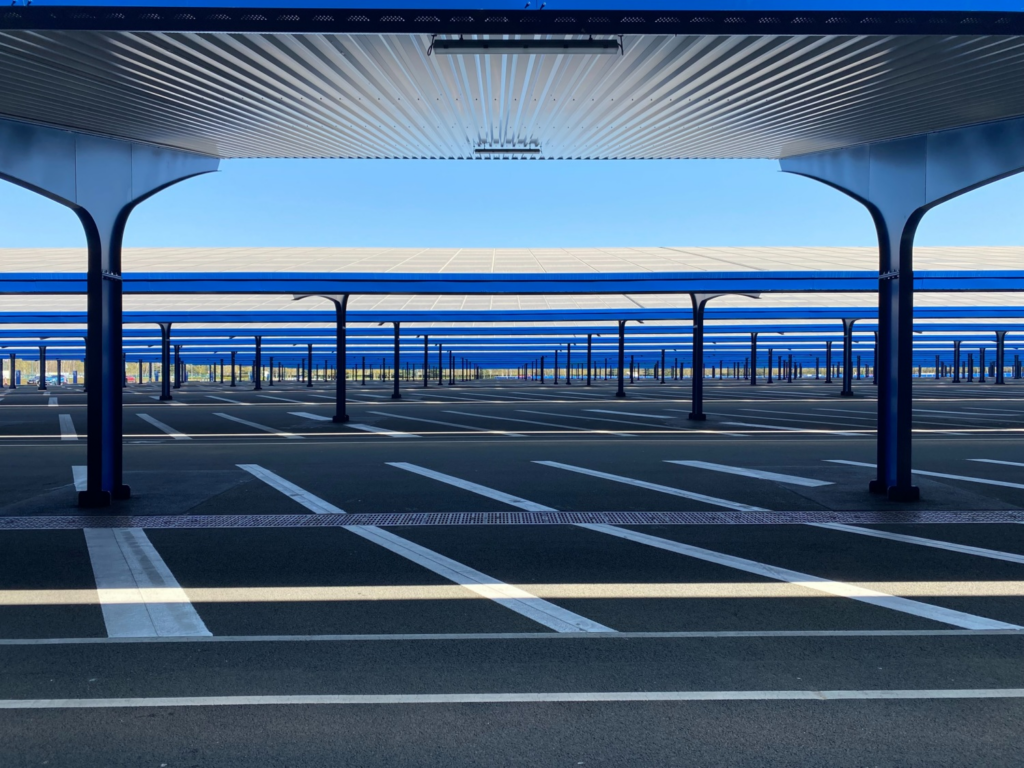
Food Security and Farmland Preservation Concerns
Local food security is a major concern driving opposition to solar farms on agricultural land. Hawaii’s isolation means any disruption to imported food shipments could be dire, and reducing import dependence has become a policy priority. Community leaders note that Hawaii imports around 85–90% of its food, leaving it “dramatically unprepared for any serious natural disasters… in which ‘the boats stop coming’” [2]. Efforts to increase the share of food grown locally depend on protecting agricultural capacity.
Thus, proposals to blanket fertile fields in photovoltaic panels often meet resistance for potentially undermining the state’s ability to grow its own food. For example, on Oʻahu’s North Shore, a plan to build a 60-acre solar farm on former Dole plantation fields in Wahiawā drew strong community pushback. The local neighborhood board voted 10–4 to oppose the project’s permit, largely “because the solar farm would occupy high-quality agricultural land” [6]. Although the developer promised a dual-use approach (grazing sheep among the solar panels) and noted the parcel wasn’t currently growing crops, many community members were uneasy about permanently dedicating prime farmland to energy over agriculture [6].
This food-vs-energy debate has played out repeatedly as new projects arise. In central Oʻahu’s Kunia area, a proposed 52 MW solar farm (“Ho‘ohana Solar”) initially sought to use hundreds of acres including some “A” rated fields. The plan provoked “strong protest” at the Legislature, with critics calling it “a slippery slope… taking our prime ag land.” That project ultimately revised its layout to use lower-quality lands after running “into opposition” for including top-tier soils [3][4]. And on Maui, the Paeahu Solar project near Kīhei – slated for former pineapple fields – faced legal challenges and community protests not only over farmland issues but also concerns like drainage and proximity to homes [1].
Environmental and Cultural Impacts
Beyond food production, environmental and cultural critiques have emerged around solar farms on open land. Large solar installations can alter drainage patterns, soil health, and ecosystems if not carefully managed. Construction often involves grading land and pouring concrete footings or pads for equipment, which can increase runoff and erosion on former fields [7]. If vegetation is cleared for panels, heavy rains can more easily wash away topsoil, and wind can kick up dust that even coats the panels themselves [7]. To mitigate this, developers are urged to minimize land disturbance, preserve topsoil, maintain vegetative ground cover, and limit concrete use so that land can potentially revert to farming later [7].
There are also biodiversity considerations. Replacing grasslands or scrub with rows of PV modules could disrupt habitat connectivity. On the flip side, some projects have created environmental benefits – such as pollinator-friendly solar farms that support bees and butterflies [8]. Cultural and historical concerns are also important. In one case, a proposed solar project on Department of Hawaiian Home Lands property was opposed on grounds that trust land should support Native Hawaiian agriculture or housing [9]. In another, a solar farm planned near the WWII Ewa Battlefield raised alarm over cultural site preservation [10].
Siting Solar Elsewhere: Alternatives to Ground-Mounted Farms
Rather than choosing between food and power, Hawaii could pursue “win-win” solar strategies that avoid converting open land:
- Solar Canopies on Parking Lots and Rooftops: Covering parking areas or rooftops with panels adds solar capacity without using farmland. Examples include solar arrays at the Blaisdell Center in Honolulu and Wet’n’Wild water park [11].
- Building-Integrated Photovoltaics (BIPV): Solar cells embedded into walls, windows, or roof materials eliminate separate panel systems. BIPV offers zero land footprint and is an emerging solution for future buildings [12].
- Solar Along Transportation Corridors: Installing solar along highways, medians, and railways utilizes cleared rights-of-way. Models from Georgia, Belgium, and Germany show how this land can be productive without affecting farms [8][13].
- Agrivoltaics (Dual-Use Solar-Agriculture): Co-locating farming and solar on the same land is gaining traction in Hawaii. The Mililani project, in partnership with the Hawaiʻi Agriculture Research Center, is growing food crops under solar panels with promising results [14].
The alternatives above – from solar-covered parking lots and buildings to highway and agrivoltaic projects – demonstrate that Hawaii is not limited to
Policies Governing Solar Development on Farmland in Hawaii
Hawaii has recognized the need to protect agricultural resources even as it pursues renewable energy. A framework of state and county policies guides where solar farms can be sited, particularly with respect to agricultural (AG) zoned land:
Hawaii’s legal framework balances renewable development with farmland protection:
- State Land Use Law (HRS §205): Utility-scale solar is generally not allowed on class A soils, and limited on B or C soils without a special use permit. Dual-use with affordable ag leases is required in many cases, as mandated by Act 52 (2014) [15].
- Important Agricultural Lands (IAL): Honolulu is working to designate 41,000 acres as IAL. This could further restrict solar on quality ag lands unless projects involve agrivoltaics or other co-beneficial use [1].
- County Special Use Permits: Projects on agricultural land require county-level approval and community engagement. Several solar projects have been reshaped or blocked through this process [6][1].
- Legislative Developments: A 2019 bill to open up class A soils to solar was defeated due to strong opposition [3]. More recent efforts focus on agrivoltaic incentives and better siting policies for infrastructure land.
Final Thoughts
Hawaii’s experience underscores that renewable energy development must be thoughtfully integrated with land stewardship. The controversies around solar farms on agricultural land have led to better awareness and evolving practices: more community engagement, incorporation of farming into solar projects, and serious consideration of alternative sites like parking lots or marginal lands. Hawaii is learning to thread the needle between its commitment to 100% clean energy and its responsibility to protect agricultural and cultural resources. The path forward will likely involve creative compromises – solar panels among the crops, panels on rooftops and roadways – rather than blanket conversion of open fields. By pursuing the strategies outlined above, Hawaii aims to secure both a sustainable energy future and a resilient food system, proving that the islands’ limited land can work smarter and harder for multiple needs at once.
Sources:
[1] Civil Beat: Do We Want More Local Food Or Cheaper Power?
https://www.civilbeat.org/2021/06/do-we-want-more-local-food-or-cheaper-power-two-hawaii-priorities-conflict
[2] Civil Beat: Hawai‘i Needs To Get More Serious About Food Security
https://www.civilbeat.org/2024/12/hawaii-needs-to-get-more-serious-about-food-security
[3] Capitol Watch / Sierra Club Hawaiʻi: Bill to Put Solar Farms on Prime Ag Land Elicits Stiff Opposition
https://www.hawaiicapitolwatch.org/blog-19/2019/3/25/star-advertiser-bill-to-put-solar-farms-on-prime-ag-land-elicits-stiff-opposition
[4] Hawaii News Now: Plan to Allow Solar Farms on Top-Rated Agricultural Lands Dealt Setback
https://www.hawaiinewsnow.com/2019/04/04/plan-allow-solar-farms-top-rated-agricultural-lands-dealt-setback
[5] Hawaii News Now (Farm Bureau stance):
https://www.hawaiinewsnow.com/2019/04/04/plan-allow-solar-farms-top-rated-agricultural-lands-dealt-setback/#:~:text=Brian%20Miyamoto%2C%20the%20executive%20director
[6] Energy Central: Wahiawa Solar Farm Divides Community Over Food vs. Fuel
https://energycentral.com/news/wahiawa-solar-farm-divides-community-over-food-vs-fuel
[7] USDA NRCS: Conservation Considerations for Solar Farms
https://www.nrcs.usda.gov/sites/default/files/2024-03/Conservation_Considerations_Solar_Farms.pdf
[8] Environment America: Using Parking Lots and Highways for Solar Power
https://environmentamerica.org/california/articles/using-parking-lots-and-highways-for-solar-power
[9] Honolulu Star-Advertiser: Solar Farm Planned Amid Cultural and Historic Sites Including WWII Ewa Battlefield
https://www.staradvertiser.com/2021/10/25/hawaii-news/solar-farm-planned-amid-cultural-and-historic-sites-including-wwii-ewa-battlefield
[10] AP News: Demonstrators Protest Against Proposed Hawaii Solar Farm
https://apnews.com/article/hawaii-honolulu-2143d6d2a57b8a1e0a4ff4edec3df043
[11] Hawaiʻi Public Radio: Construction Starts on Blaisdell Center Parking Garage Solar Project
https://www.hawaiipublicradio.org/local-news/2024-06-19/blaisdell-center-parking-garage-solar-project
&
Solar Power World: Sunspear Expands Solar Project at Hawaiian Water Park
https://www.solarpowerworldonline.com/2024/01/sunspear-energy-plans-to-expand-project-hawaiian-waterpark
[12] U.S. Department of Energy: Expanding Solar Energy Opportunities: From Rooftops to Building Integration
https://www.energy.gov/eere/solar/articles/expanding-solar-energy-opportunities-rooftops-building-integration
[13] Earthbound Report: Four Ways to Make a Solar Highway
https://earthbound.report/2020/08/18/four-ways-to-make-a-solar-highway
[14] University of Hawaiʻi System News: How Does Solar Energy Help Farming?
https://www.hawaii.edu/news/2025/01/09/agrivoltaics
[15] Justia US Law: Hawaii Revised Statutes § 205-4.5 – Permissible Uses Within the Agricultural Districts
https://law.justia.com/codes/hawaii/title-13/chapter-205/section-205-4-5
Join our mailing list to stay informed about important grassroots issues that affect Hawai’i residents!
Hawaiian Electric Renewable Project Status Board:




